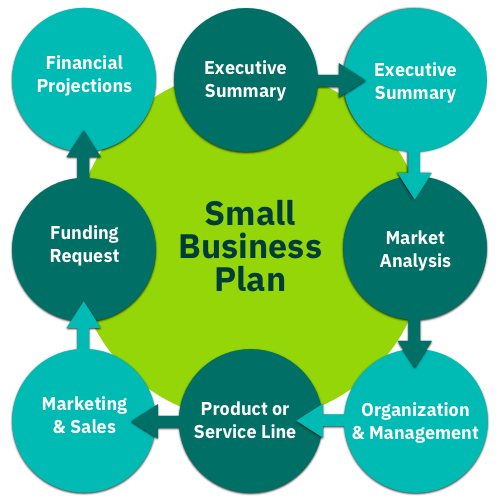In today’s business landscape, success hinges on understanding the consumer journey. This article delves into the concept of the “marketing mindset.” It introduces the marketing funnel framework (or sales funnel) to help businesses craft marketing strategies that engage customers at every stage of their journey. Segmenting the sales funnel into key phases—awareness, research, shortlisting, conversion, and retention/advocacy—offers a blueprint for connecting with consumers at each critical moment, enhancing engagement, and driving effective, targeted marketing.
The Sales Funnel: A Roadmap for Marketing Success
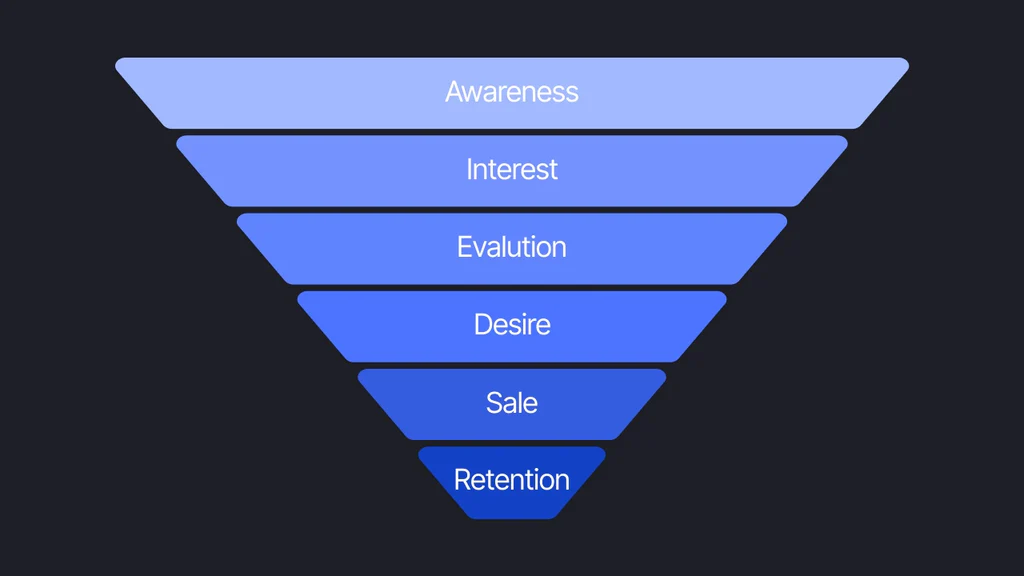
The sales funnel is more than just a model—it mirrors the consumer’s journey from initial curiosity to brand loyalty. It tracks changes in consumer intent, audience size, and timeframes as customers move through each stage. Understanding this journey allows marketers to design messaging that resonates at the right moments, transforming touchpoints into conversion opportunities.
Exploring Consumer Intent
Each customer journey phase influences a brand’s strategy and relationship with its audience. By examining the stages—awareness, research, shortlisting, conversion, and retention or advocacy—brands can identify the right strategies for each phase. It’s about mapping customers’ paths and understanding why they make certain decisions, empowering brands to craft timely, meaningful responses.
Awareness

At this stage, potential customers become aware of a need or desire. The audience is broad, with many who aren’t ready to buy but could be persuaded with the right approach. This phase is about capturing attention and sparking interest.
Research
Once customers identify their needs, they begin researching, looking for answers to inform their decisions. Brands need to provide detailed, valuable information that addresses these specific questions.
Shortlist
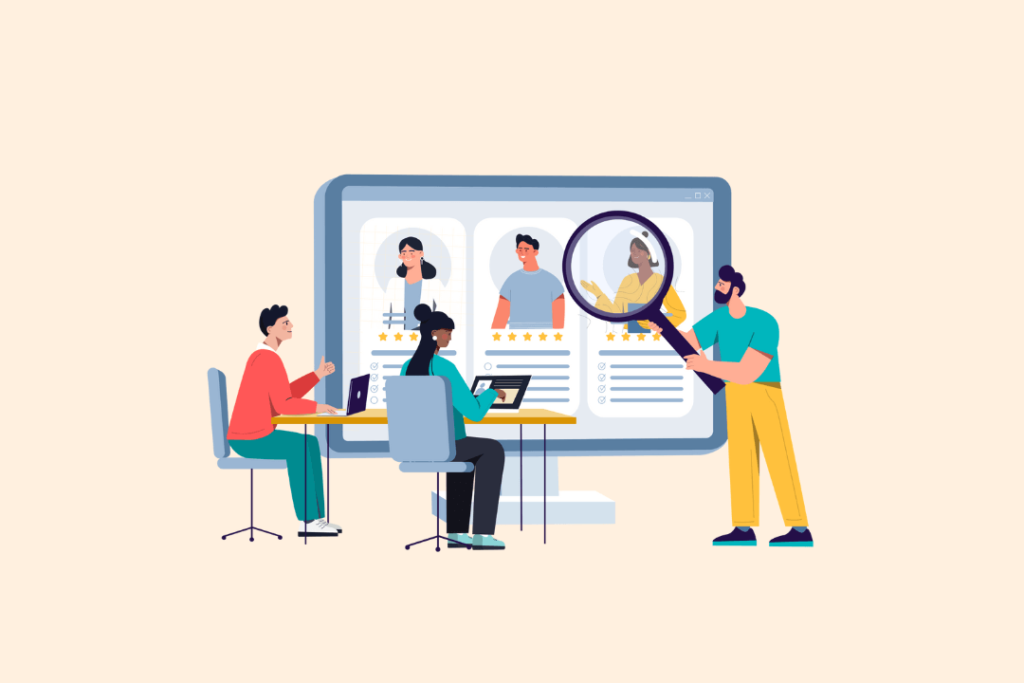
At this point, consumers clearly understand their options and are critically evaluating potential suppliers. Brands must highlight their unique value proposition to stand out in a competitive market.
Conversion
Here, consumers are ready to decide or are in final discussions with potential providers. This stage focuses on closing the sale, emphasising customer service, and using persuasive tactics to secure a commitment.
Retention and Advocacy
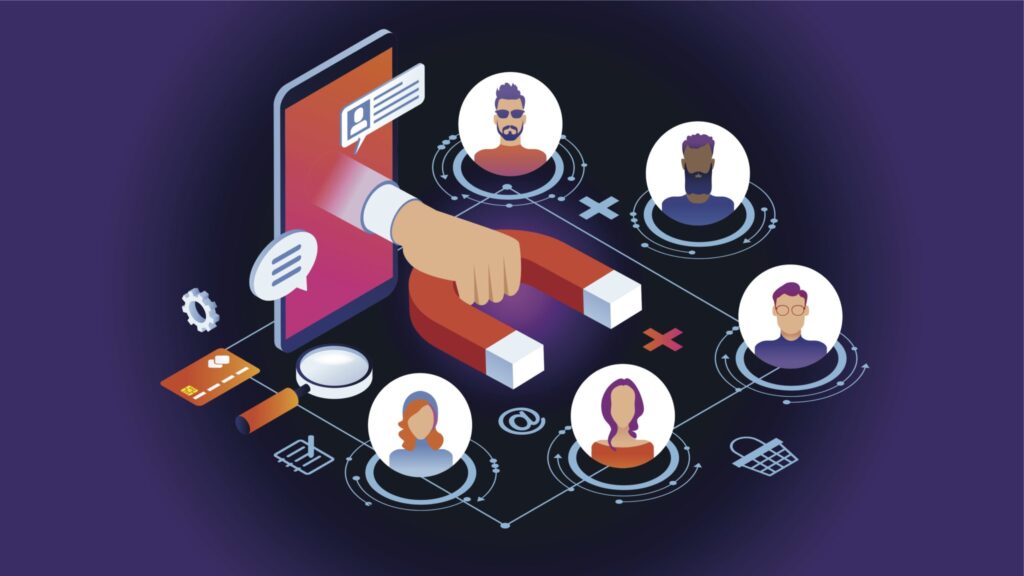
After the purchase, the focus shifts to delivering a positive experience that fosters loyalty. Satisfied customers may return or recommend the brand to others, promoting further growth through advocacy.
The Unique Consumer Journey
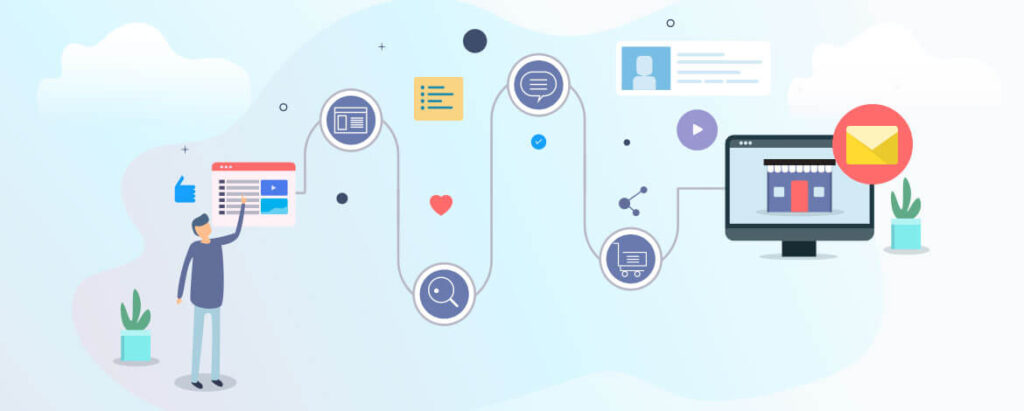
While every consumer journey shares some commonalities, each business will encounter unique variations. Understanding customers’ distinctive paths—based on personal values, experiences, and priorities—helps companies to refine their marketing strategies and tailor them to specific customer profiles.
Managing the Timeframes of the Sales Funnel
Navigating the sales funnel is not a one-size-fits-all process. The length of the journey varies depending on the product or service, influencing the marketing approach for each stage.
Journey Length
Consumers’ time in each stage depends on factors like product complexity, the investment required, and prior knowledge. Some consumers move quickly through the stages, while others weigh their options.
Aligning Communication with Intent
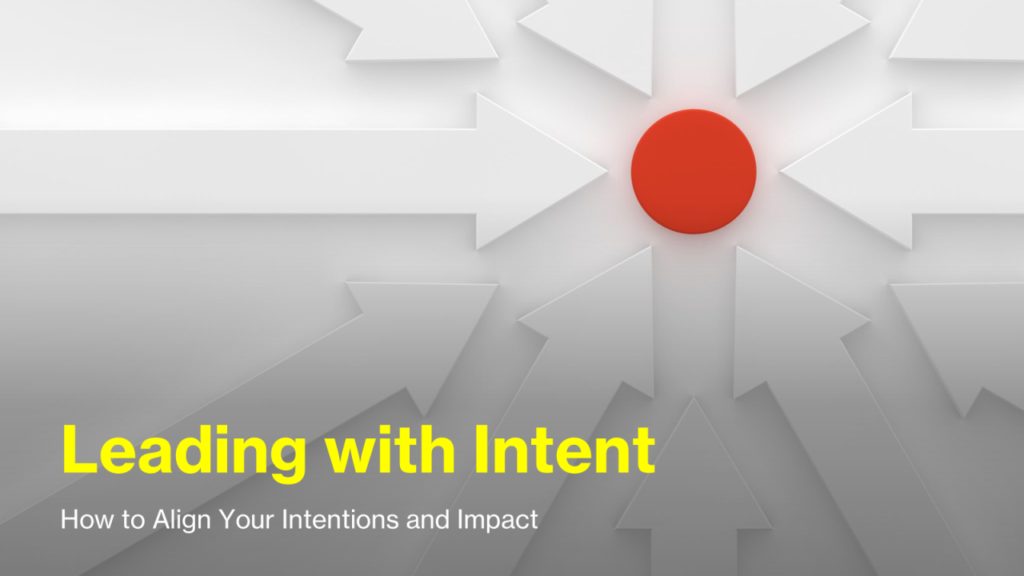
By understanding the pace at which customers progress through the funnel and their intent at each stage, marketers can align their messaging with the customer’s mindset. Empathy plays a crucial role here—delivering the right message at the right time enhances relevance and connection.
Timing is Key
Mastering the timing of your communications can make or break your marketing efforts. Anticipating when a customer is ready to move to the next stage and delivering targeted messaging accordingly helps drive conversions and nurture long-term relationships.
Predicting Revenue Through Funnel Mastery
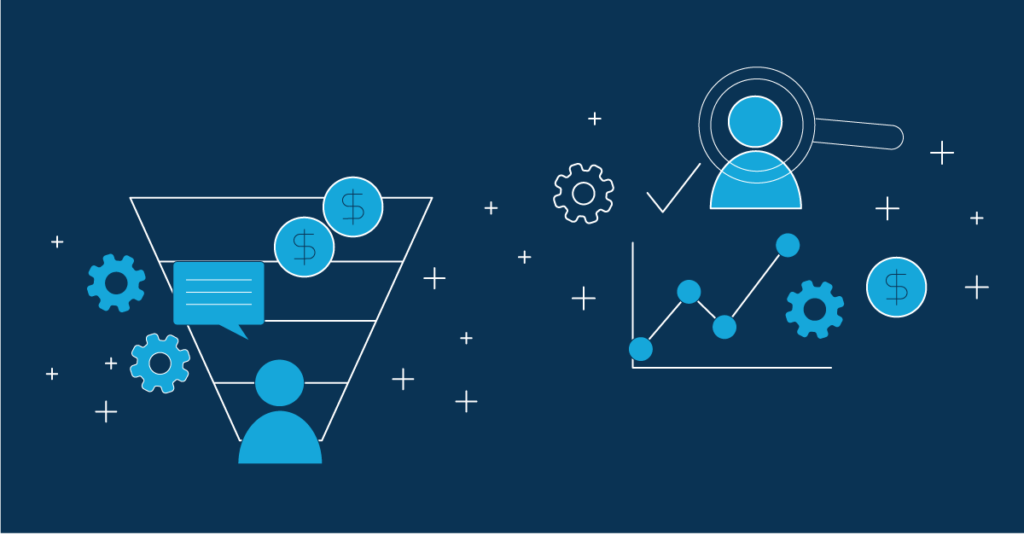
An in-depth understanding of the sales funnel allows businesses to forecast revenue more accurately. Knowing how long customers typically spend at each stage enables marketers to estimate when efforts will yield results. This data-driven insight is invaluable for measuring ROI and refining marketing strategies.
Building Strategies That Align with Consumer Behaviour
A deep understanding of the audience’s needs and approach to the buying process is at the heart of every successful marketing campaign. The following strategic elements provide the foundation for aligning marketing efforts with audience behaviours.
Profiling the Audience
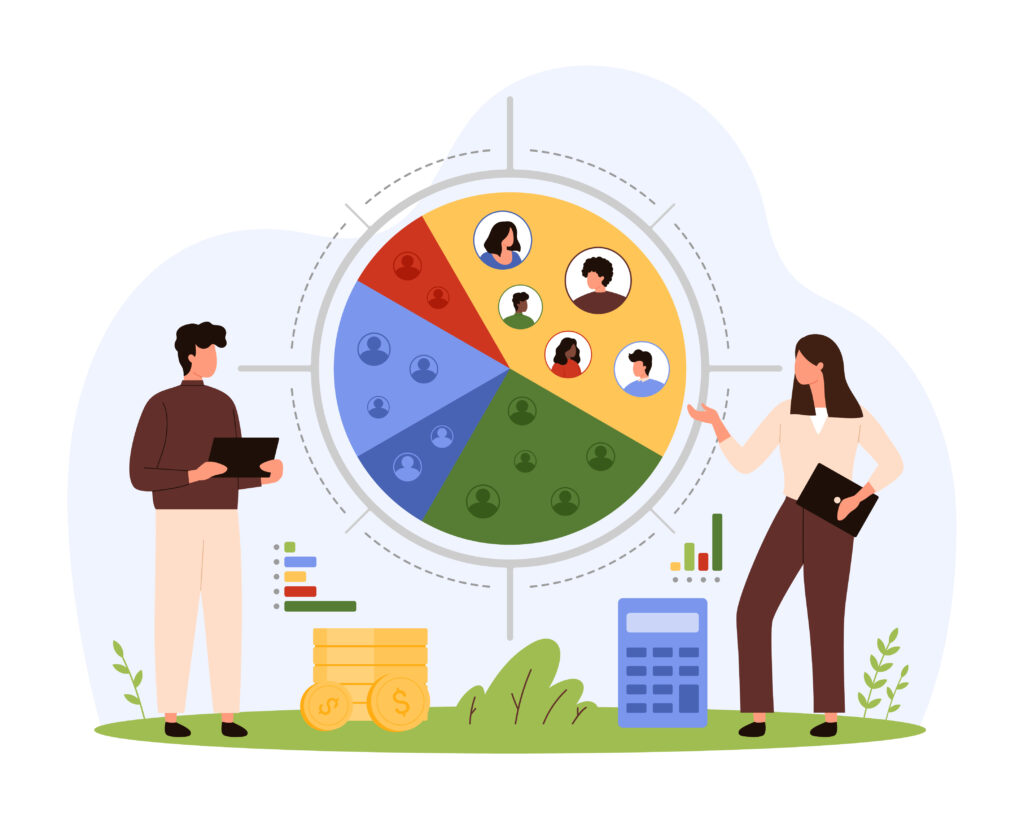
Effective marketing starts with comprehensive audience profiling. Combining data analytics, market research, social listening, and customer surveys offers insights into preferences, behaviours, and purchasing patterns. With this information, marketers can craft tailored strategies to meet their audience’s needs.
Understanding the Funnel Length
The length of the sales funnel varies depending on the product or service. For high-involvement purchases, a more extended funnel demands sustained engagement, while shorter funnels—often seen in impulse buys—require strategies that trigger quick decisions.
Information Needs at Each Stage
Each phase of the funnel calls for different types of information. Early stages focus on broad awareness and educational content, while later stages require more detailed comparisons. Providing the right content at each step ensures relevance and engagement.
Channel Preferences

Marketers need to meet their audience where they are, both online and offline. Knowing where customers spend their time allows for more effective engagement across the right channels, whether through social media, email, or traditional media outlets.
Tactics: Aligning Channels with the Funnel
Strategic insights must translate into tactical actions. Marketers can ensure their message effectively reaches the target audience by mapping the proper channels to each funnel stage.
Key tactics include:
- Social media
- Podcasts
- Video content
- Website
- Email and CRM
This cohesive approach allows marketers to build a journey that resonates with the audience, driving them from awareness to advocacy.
Measuring Success with KPIs
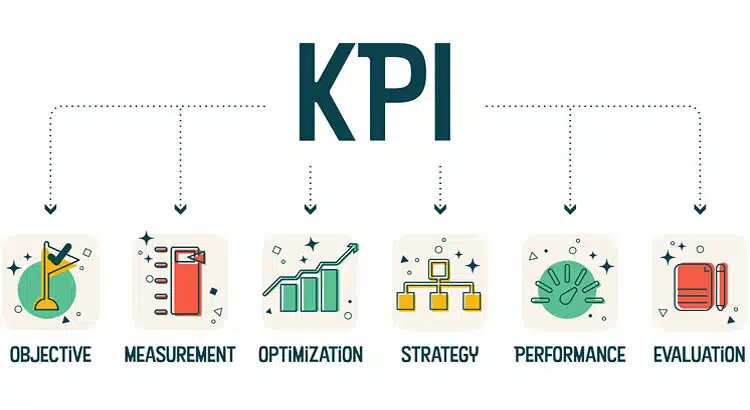
Tracking key performance indicators (KPIs) for each funnel stage helps gauge the success of your marketing efforts.
- Awareness Stage: Monitor reach, impressions, and social media engagement.
- Consideration Stage: Measure time on site, page views, and lead generation activities.
- Conversion Stage: Track conversion rates, sales metrics, and return on investment (ROI).
- Retention Stage: Focus on customer satisfaction, repeat purchase rates, and referral activity.
Embracing the cyclical nature of the funnel
The traditional sales funnel, which once represented a linear path from awareness to conversion, is now evolving into a more dynamic, cyclical process. In this new model, post-purchase engagement feeds into the awareness stage, transforming customers into advocates who promote the brand to others. This creates a continuous cycle of engagement, advocacy, and conversion, where loyal customers help attract new prospects.
Today’s marketing landscape requires building an interconnected ecosystem where every tactic, channel, and piece of content works together as part of a unified strategy. Each touchpoint—a social media post, email, or customer interaction—becomes an opportunity to strengthen relationships and create a loyal community around the brand.


